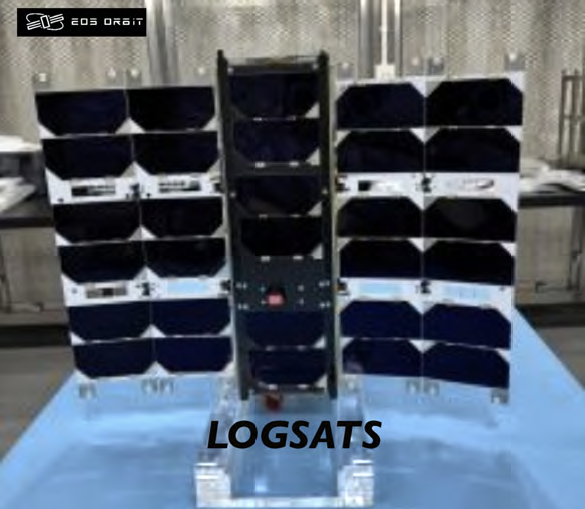Constellr

The Constellr SkyBee-1 (HIVE constellation) packs infrared technology and delivers insights into Earth’s resources and land use. The Constellar smallsats support and refine biophysical and AI-driven models that enhance data accessibility and shape predictive insights for reliable, on-demand streams of high-quality environmental data.
The company’s satellites support and refine biophysical and AI-driven models that enhance data accessibility and shape predictive insights for reliable, on-demand streams of high-quality environmental data using patent-protected tech, accurate and absolute temperature data as well as data fusion and advanced modeling.
Constellr’s temperature insights empower individuals, businesses, and governments to make informed, data-driven decisions for resource management, driving a future where human and natural systems thrive together.
Constellr’s smallsat constellation, the High-Precision Versatile Ecosphere (HiVE) monitoring mission, measures absolute surface temperature with unprecedented accuracy at 30m native resolution, providing near-real-time temperature mapping across the planet. If it’s visible from space—be that snow, crops, rooftops, or forest canopies.
The firm’s vision is to redefine sustainable management practices for land, water, and infrastructure through a real-time global thermal intelligence atlas reflecting the chemical and bio-physical realities of our world.
Crunch Labs
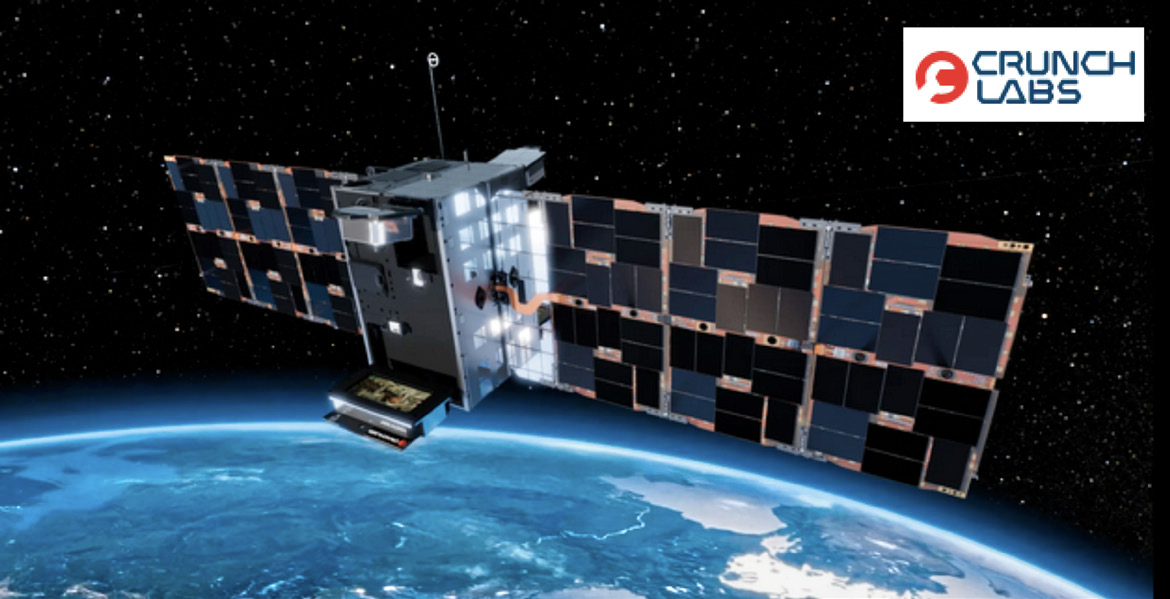
Crunch Labs smallsat is named SAT GUS and will orbit at 600 km. The company has partnered with T-Mobile and Google Pixel and, via the Space Selfie program, youngsters can upload their original photos that they own, or have the right to share, and those images must contain family-friendly content. SAT GUS then snaps a photo of the uploaded selfie with Earth in the background and then beams the final image back to Earth for the selfie-take to share with friends and family.
D-Orbit
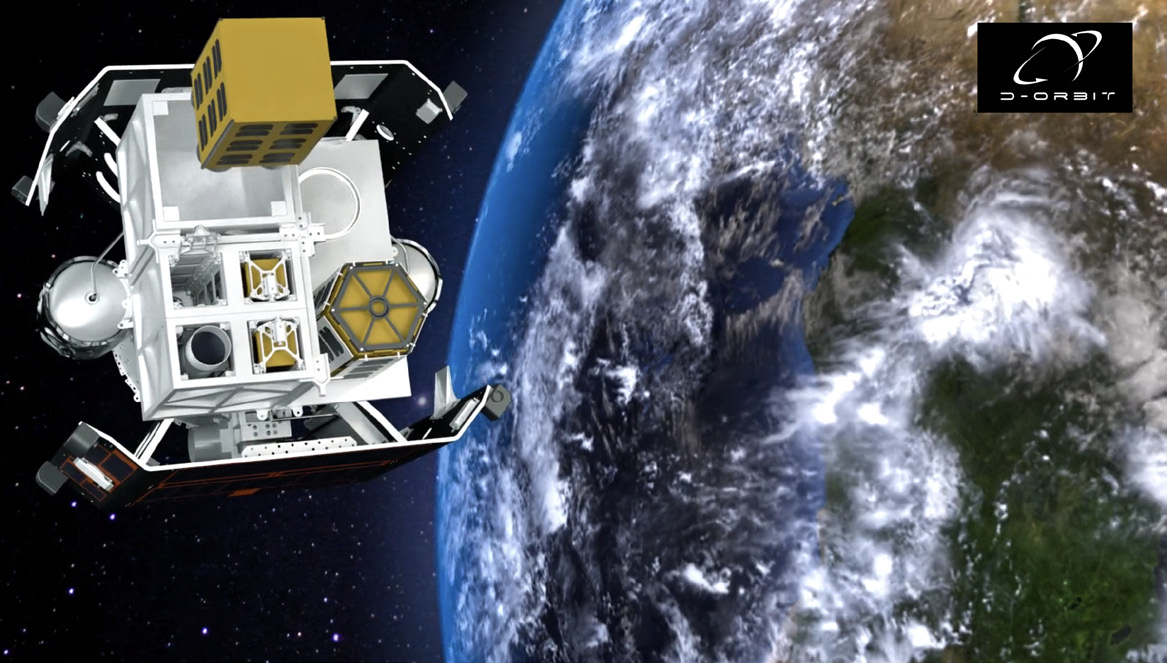
D-Orbit successfully launched Endless Sky and Ascend, the 15th and 16th commercial missions of its cutting-edge Orbital Transfer Vehicle (OTV), ION Satellite Carrier (ION).
The two OTVs were launched aboard SpaceX’s Transporter-12 mission at 11:09 a.m. PT (07:09 PM UTC) from Space Launch Complex 4 (SLC-4E) at Vandenberg Space Force Base in California.
At 1h 07m 47 sec after liftoff, the first ION vehicle, SCV Amazing Antonius, was deployed into a 510 km Sun Synchronous Orbit (SSO), followed by SCV Eminent Emmanuel four minutes later. The two OTVs carried six passengers and eight payloads to orbit.
ION Satellite Carrier is a versatile space vehicle capable of transporting and releasing satellites into distinct orbital slots. It can also accommodate third-party payloads, including innovative technologies, research experiments, and instruments requiring in-orbit testing. Additionally, ION can support edge computing and space cloud services, providing satellite operators with advanced storage and computational capabilities on-orbit.
D-Orbit’s mission control team is now conducting the Launch and Early Orbit Phase (LEOP), setting the stage for the upcoming operational phase.
ION can also accommodate multiple third-party payloads such as innovative technologies developed by startups, experiments from research entities, and instruments from space companies requiring a test on-orbit. Finally, ION can also be rented for edge computing applications and space cloud services to provide satellite operators with storage capacity and advanced computing capabilities in orbit. D-Orbit’s roadmap includes becoming a relevant player in the in-orbit servicing market, which is forecasted to become one of the largest, growing markets within the space sector.
D-Orbit was also responsible for the distribution of 34 smallsats to orbit as well as its own hosted payloads.
Echostar Global
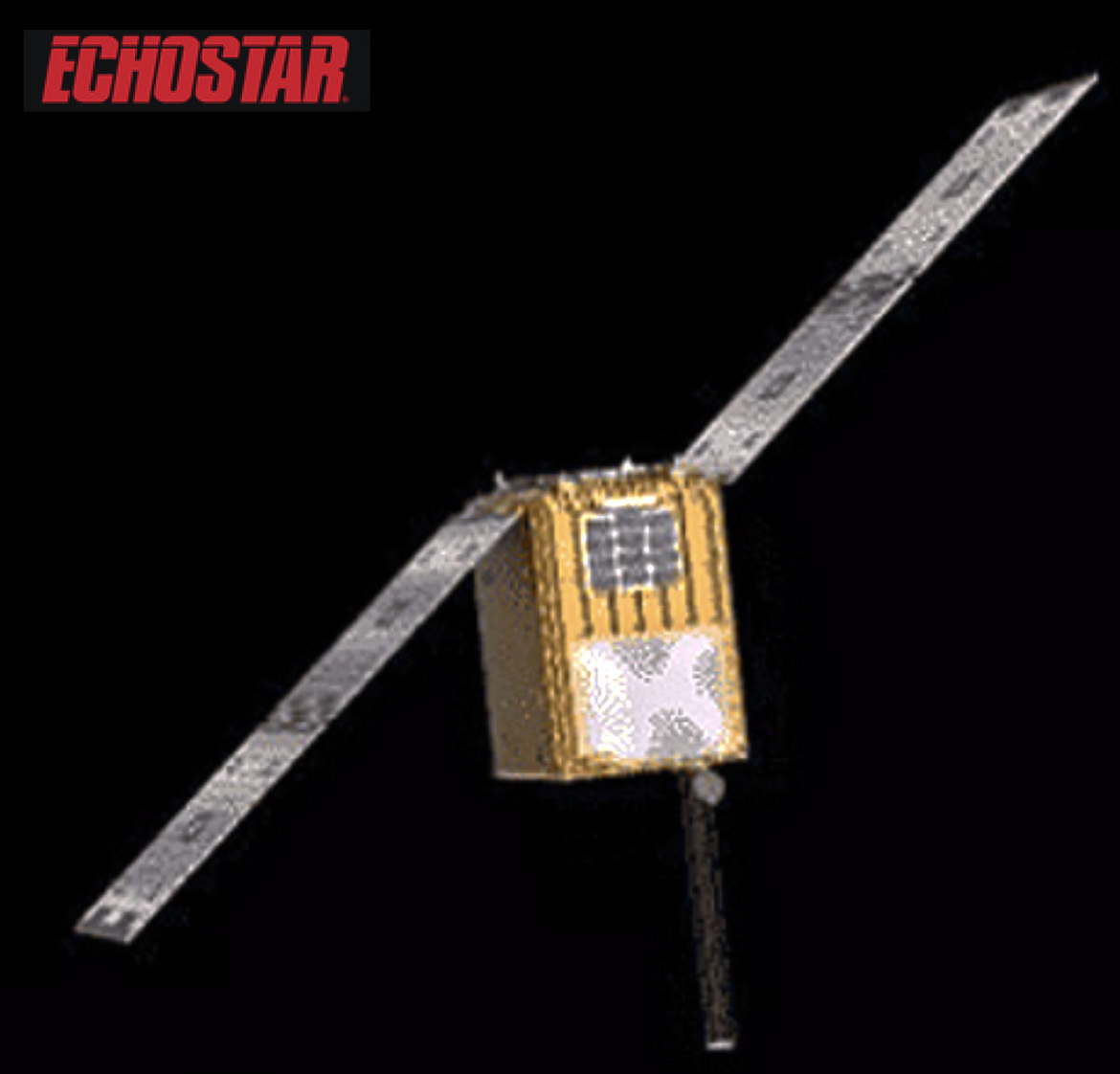
Echostar Global brought their Lyra-1 smallsats to this deployment event as an initial part of the firm’s plans to expand their current 28 smallsat Lyra narrowband satellites with wideband spacecraft that are currently in development.
All of the upcoming satellites will provide S-band connectivity and data communications. This Block 1 launch deployed four Lyra smallsats.
Endurosat
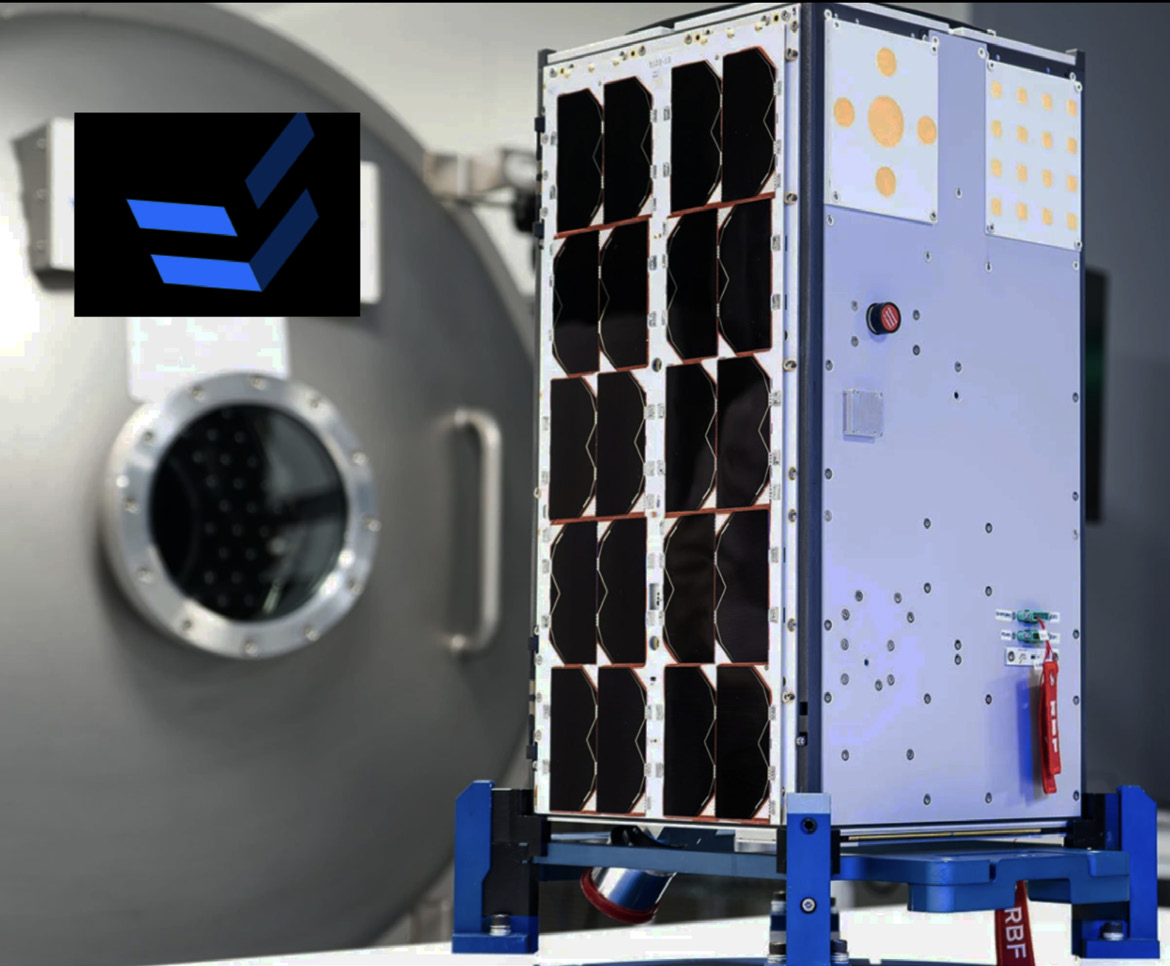
Endurosat’s 16U, 74 kg Balkan-1 smallsats are the company’s first Copernicus Contributing Mission satellites, set to significantly enhance the European Sentinel constellation’s coverage. Balkan will supply images with 1.5 meter resolution critical for agricultural monitoring, forestry, land cover change management, climate impact as well as biodiversity and plant monitoring. In addition to imaging and downlinking the space data to the ground, Balkan-1 carries innovative AI algorithms for image processing, developed by the French company Agenium. Balkan-1 was deployed by the Exolaunch ExoPod Nova to orbit.
LOGSATS 3U cubesat from EOS Orbit is Thailand’s first 3U CubeSat and is prototype for an IoT communication satellite and ADS-B receiver satellite. the aviation surveillance system will support the control of aerial traffic in Thailand’s airspace, both crewed and uncrewed.
Fergani Space
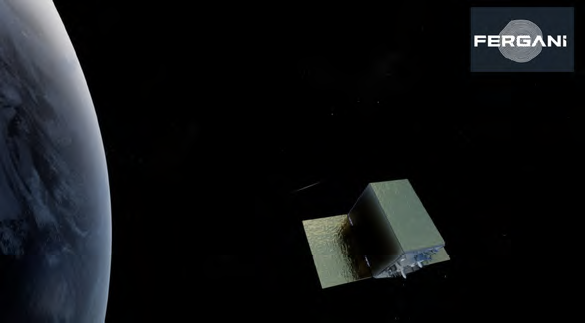
Fergani Space is intent to become a world leading space company through the in-house development of new age satellites based on its existing advanced hardware, software and manufacturing technologies.
The company’s 102 kg FGN-100-D1smallsat is the largest satellite built by a private Turkish company and this launch is a first step for the company in completing their Positioning Satellite Constellation Project that will be comprised of microsatellites.
The Fergani constellation is going to provide technological solutions for marine, aviation, IOT, weather, logistics and enterprise market applications.
Fergani’s 100 kg class micro satellite platforms will operate at an altitude range of 500 toO 600 km. These satellites will provide communication and positioning services and will be operating in the Ku, Ka, S and L bands for global coverage.
At the same time, accurate positional information of the satellites, their control and communication will be handled using the ground facilities that will also be developed by Fergani Space.
Fleet Space
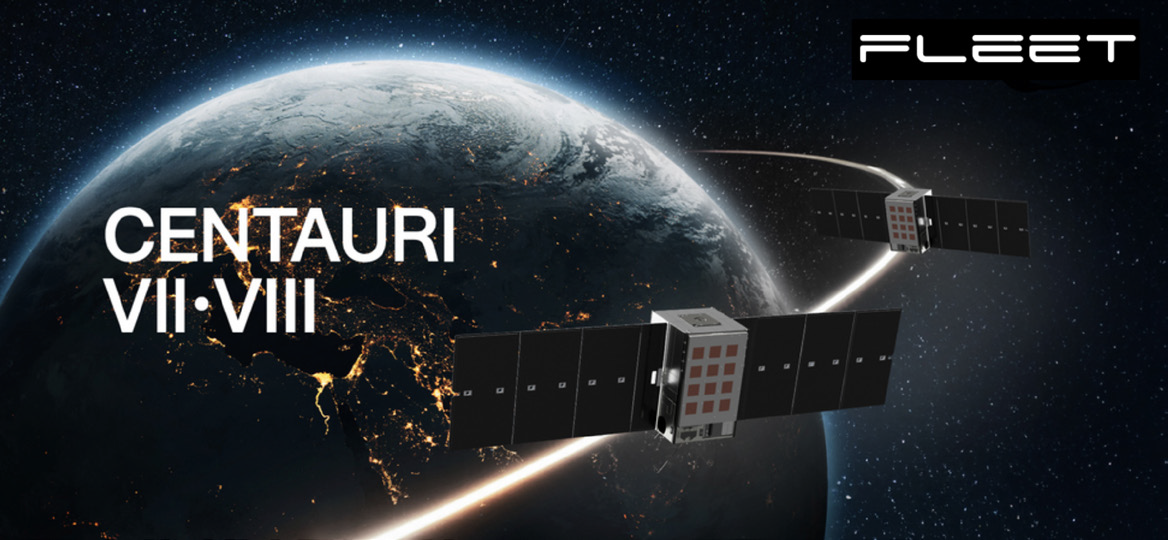
The launch of Centauri 7 and Centauri 8—Fleet Space’s pair of 12U most advanced satellites to date that offer IoT and narrowband communications functionality—will increase capacity of its proprietary satellite network to support the expansion of its end-to-end mineral exploration platform, ExoSphere, while building on its world-first, microsatellite-enabled, SATCOM capabilities. Last year, Fleet Space’s Centauri-4 became the world’s smallest voice-enabled satellite, preceding the demonstration of resilient, low-cost full duplex SATCOMs for the Australian Defence Force. In collaboration with MIT Media Lab’s Space Exploration Initiative, Fleet Space is also helping to drive strategic off-world research to inform planning of future missions to the Moon, Mars, and beyond. In 2026, the lunar variant of ExoSphere’s smart seismic sensors—SPIDER—will be deployed on the Moon to unlock new insights about its subsurface.
FOSSA
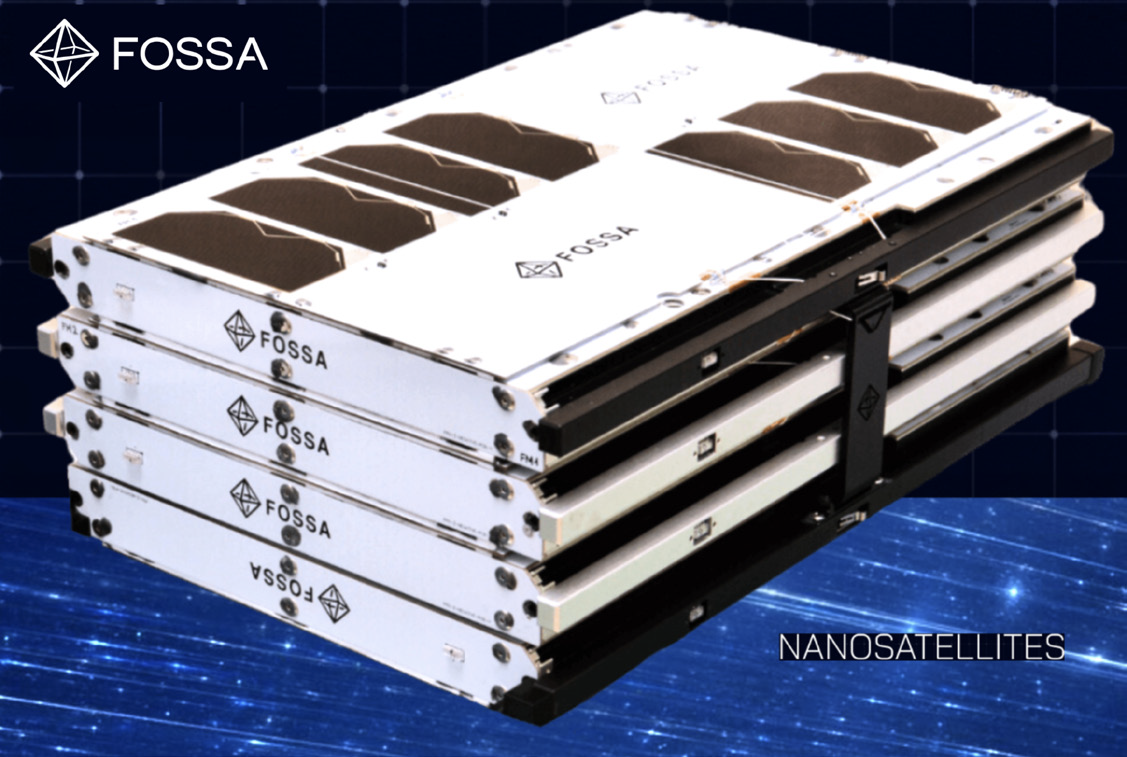
FOSSA’s FOSSASat TAT-A, TAT-E and FOSSASat TAT-0 were launched were deployed to orbit by D-Orbit, with the latter 3U cubesat being a new form factor for the company who previously launched PocketQubes and flat satellites.
The smallsats ejected from their dispenser and entered LEO at an altitude of approximately 500 km. They will circle the Earth 15 times a day, traveling at 27,000 km/h. These satellites are 24 times larger than FOSSASat-1, the company’s first picosatellite, and 12 times larger than the FOSSASat-2E series that were launched in January of 2022.
The smallsats employ standard LPWAN technologies, using LoRa, a globally recognized technology that offers extensive reach and other benefits. Full security and seamless integration is provided by FOSSA.
Asset data is gathered through sensors, all dependant upon the specific use case and the company can act as a gatewy to send data to the satellite network, otherwise, LoRa devices can connect directly to the satellite that also stores the information from the on-ground devices and downlinks that data when ground stations are visible.
ICEYE
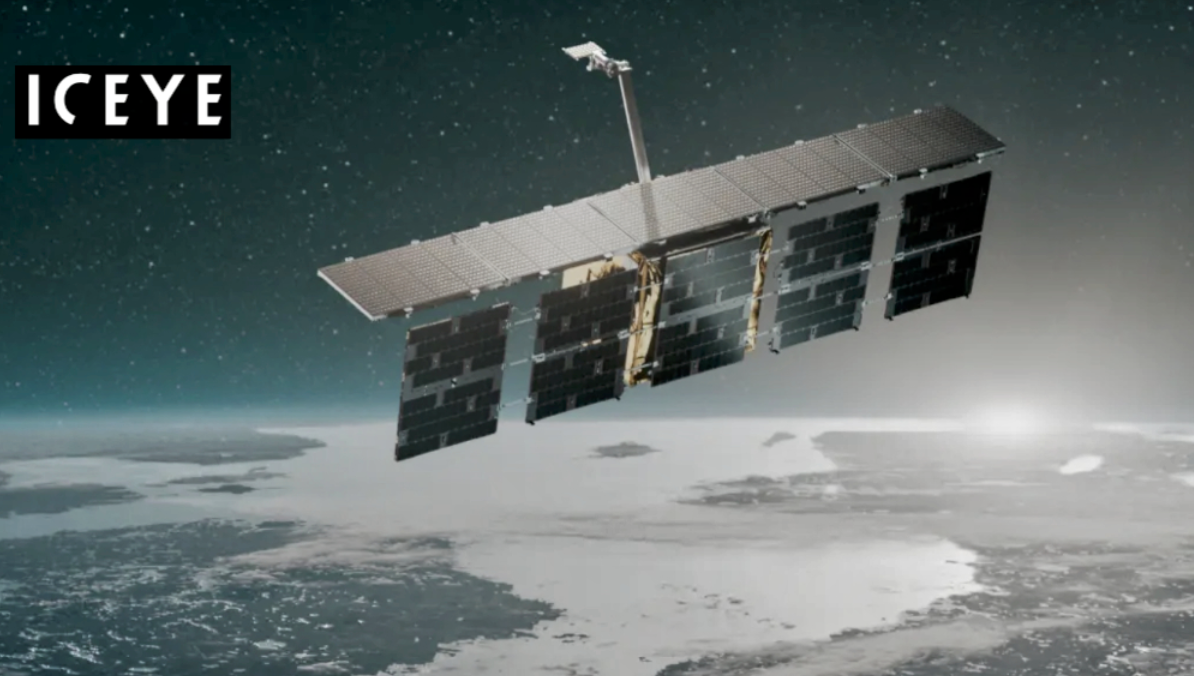
ICEYE deployed four new SAR satellites into orbit, with integration handled by Exolaunch. The company has now launched a total of 44 satellites into orbit since 2018. These SAR smallsats deliver 25 cm resolution and the plan by ICEYE is to launch more than 20 new satellites annually in 2025 and beyond.
The new satellites serve both ICEYE’s commercial and dedicated customer missions and were manufactured by ICEYE in Finland and by ICEYE US in the United States. The satellites include the second ICEYE satellite for Space42, a UAE-based AI-powered space technology company, for the company’s previously announced Earth Observation Space Program.
LEO Express
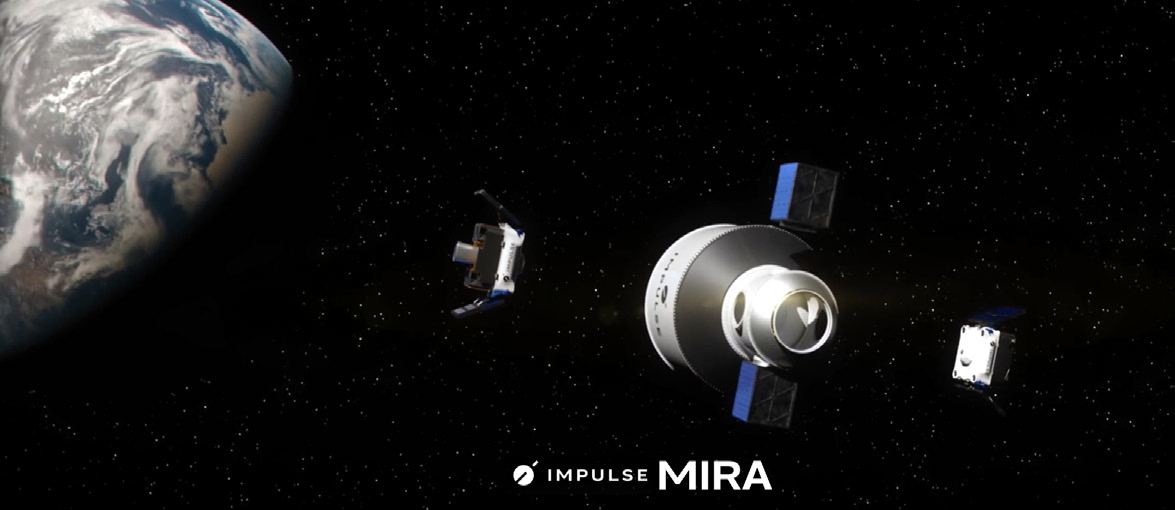
LEO Express-2 is the second mission for Impulse Space’s Orbital Transfer Vehicle (OTV), Mira. Building on the success of LEO Express-1, in which Mira achieved a series of record-breaking orbital maneuvers, Impulse Space’s LEO Express-2 mission aims to tackle even more ambitious objectives while debuting various upgrades/Mira is a high-performance spacecraft for payload hosting and constellation deployment.
Mira’s high delta-v capability and 6DOF control provide exceptional versatility for rendezvous and proximity operations (RPO) and space situational awareness (SSA). Flying since 2023, Mira continues to set the standard for orbital transfer vehicle (OTV) performance. Additionally, HEO Space incorporated their Holmes-007 NEI payload on the Mira satellite and that will capture high-resolution imagery of in-space objects as they pass through Mira’s field of view. By 2026, HEO plans to have more than go sensor networks operating in LEO.


